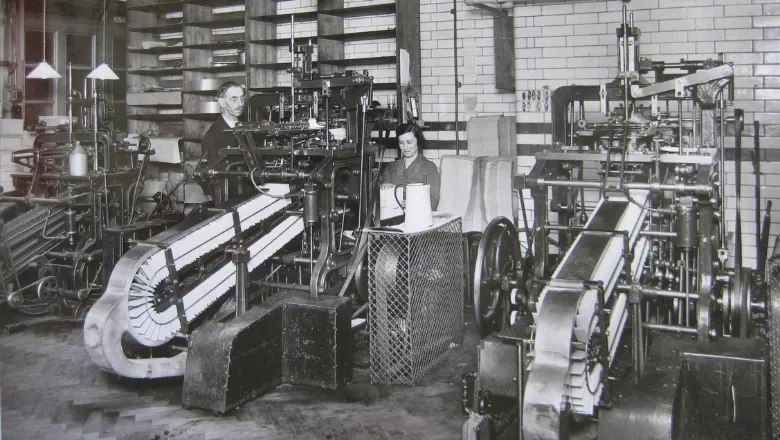Professor Anna Snaith, Professor of Twentieth-Century Literature in the Department of English, provides a fresh 'earspective' on the sonic legacy of the First World War through analysis of modernist literature.

Writing Noise in Interwar Britain: Literature and the Politics of Sound examines noise and forms of sonic modernity in Britain between 1918-1939. Noise became a concern at this time after the extreme decibel levels of the First World War, which brought attention to the physical and mental impacts of everyday sounds.
This preoccupation crossed over into the period's literature, with modernist writers such as Virginia Woolf, Elizabeth Bowen, George Orwell, Claude McKay and Jean Rhys all exploring the impact of noise in their work.
Interwar Britain - called the "age of noise" - witnessed a preoccupation with "unwanted" sound. With the rising hum of air and road traffic, the roar of industry and the reverberations of newly popular sound technologies, everyday urban din became an increasingly urgent subject of interrogation. Modernist writers were at the forefront of this sonic-mindedness and derived creative fuel from tuning in to the noisescapes found in war zones, cities, factories, domestic spaces and the countryside.
Professor Anna Snaith, Professor of Twentieth-Century Literature
Interwar novels such as Woolf's Mrs Dalloway or George Orwell's Coming Up for Air register the cacophony of the First World I in the hypersensitive hearing of their veteran protagonists, but also in a more general civilian aural dread. However, modernists also celebrated the connective power of sound and tuned into the frequencies of the modern soundworld.
In contrast, the interwar Noise Abatement League - with its motto "get civilised; keep silent" - saw "unnecessary" noise as waste and sought to train the public in "acoustic civilisation".
Noise as power
Professor Snaith also considers connections between noise, power and questions of race, class and gender. Noise can be a silencing technique against marginalised individuals or communities, just as much as it can be a mode of protest against those very measures.
Proletarian novelists of the 1930s were among the first to raise awareness of the injurious aural conditions of factory labour while also recuperating sonic power in scenes of protest and strike action. In her tale of noise abatement 'Let Them Call It Jazz', set in Windrush London, Jean Rhys explores the sonic dimensions of racism when her protagonist is incarcerated in Holloway Prison for noise 'disturbance'.

Using literary fiction as an archive of auditory history, Professor Snaith shows how the field is brought into conversation with the history of medicine, technology and industrial psychology. Her book demonstrates how noise is a vehicle for understanding technological modernity and the racial, gendered and classed politics of national identity in interwar Britain.






